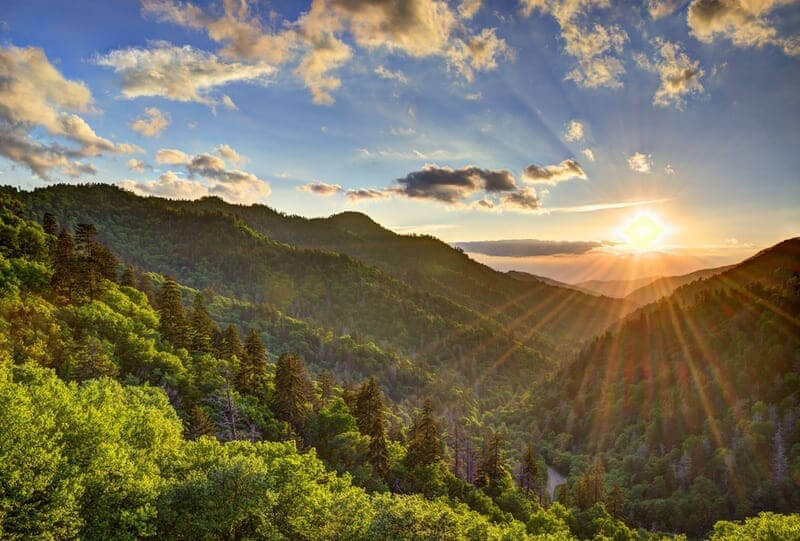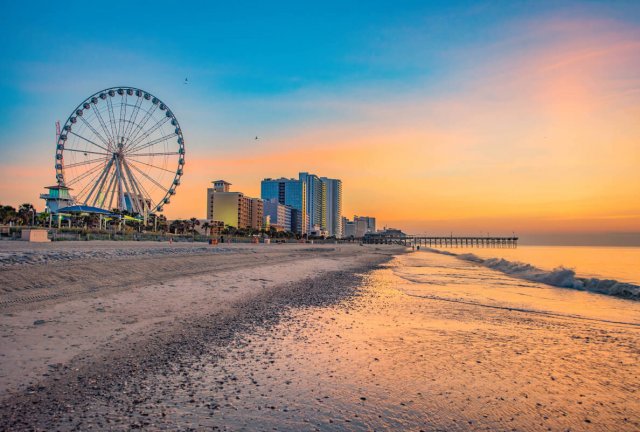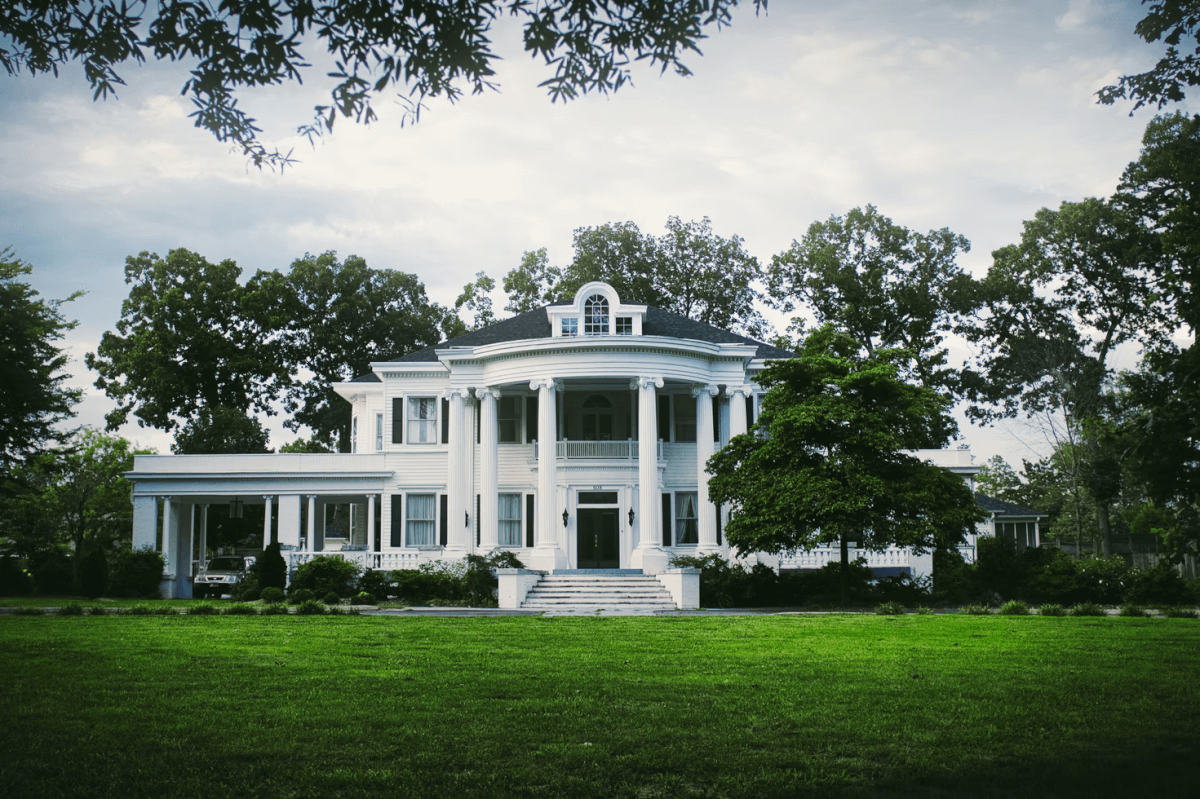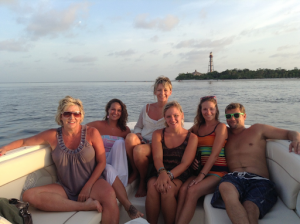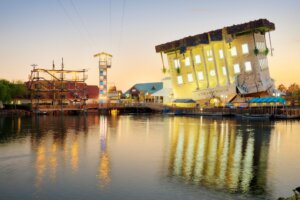Dive Into Myrtle Beach History & Plantation Tours
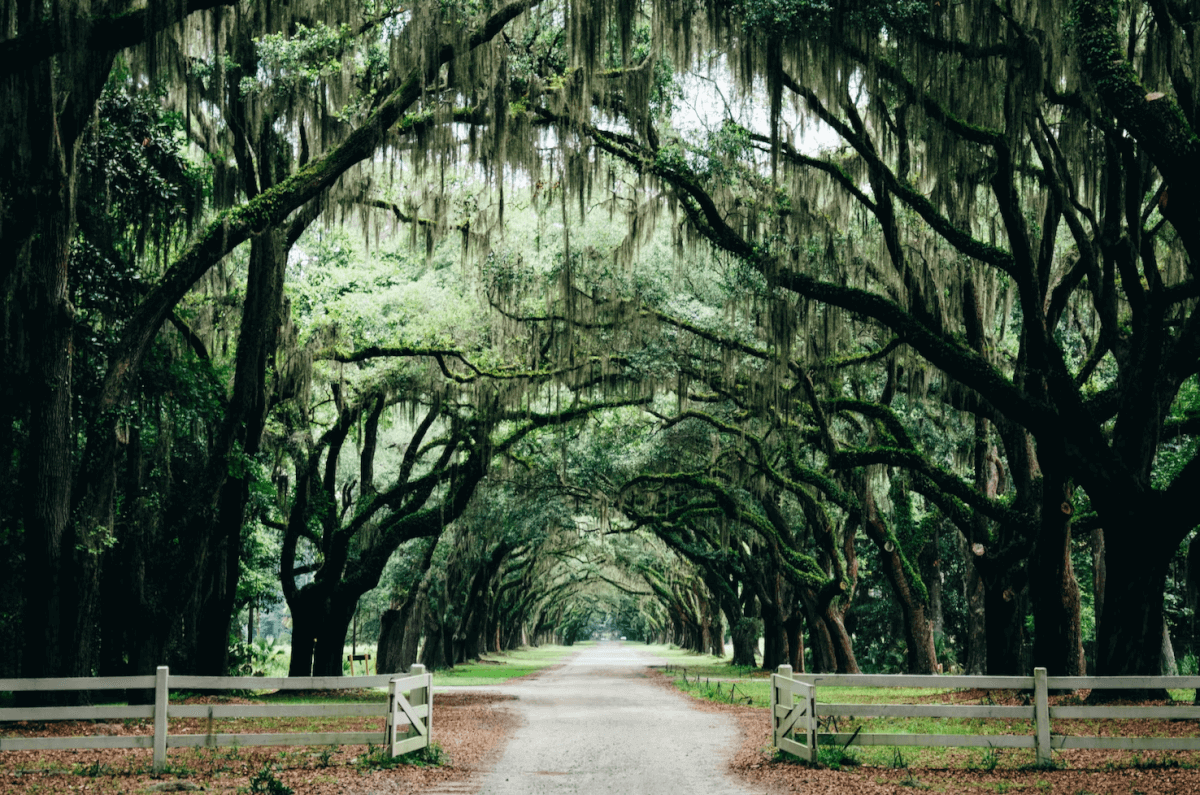
Since the early 1900s, Myrtle Beach has attracted visitors for its beautiful white sandy beaches, warm climate, and variety of family-friendly activities. However, it wasn’t always a premier vacation destination. Initially, it was home to the Waccamaw and Winyah indigenous tribes. Later, the development of nearby Charles Town (Charleston) brought rice and indigo shipments through the region. By the 1800s, plantations had cropped up, catalyzing the development of the coastal towns of Myrtle Beach, Georgetown, and Conway.
In the big picture of American history, these plantations represent the perseverance of European businessmen as much as the hardship and skill of the Africans forced to build them. These Myrtle Beach historical sites now serve to educate fertile minds about the life of those early slaves and settlers. Buckle up for the Myrtle Beach plantation tours and other historical activities that offer a fascinating firsthand account of 18th and 19th century life in the Grand Strand!
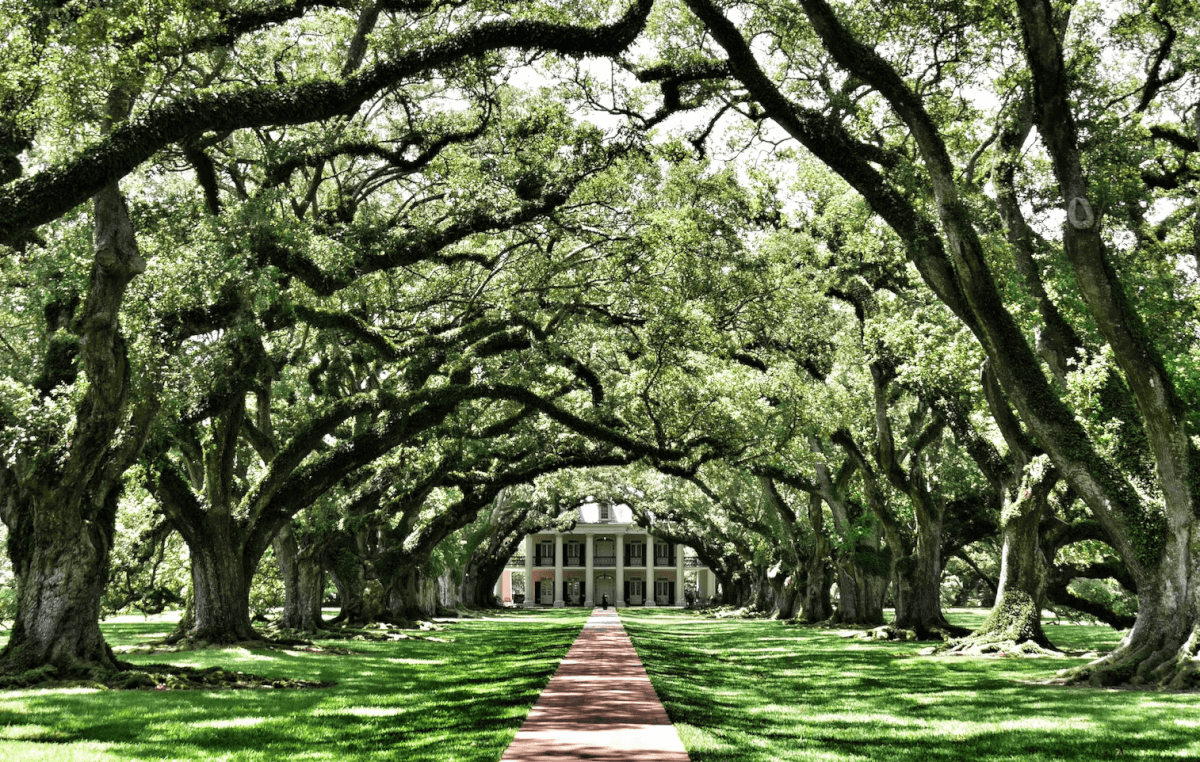
Myrtle Beach Plantation Tours
It’s impossible to talk about Myrtle Beach history without diving into the agricultural economy of yesteryear. The marshy soil of Lowcountry South Carolina was especially well-suited to growing rice and indigo. By the early 1700s, these had quickly become the colony’s two major cash crops as Europeans settled the land and built plantations.
Indigenous to the Carolina colony were tribes like the Catawba, Cherokee, Creek, and Pee Dee. During this time, Native Americans and Africans were either exported or implemented locally as slaves. They demonstrated unbreakable resilience through these experiences, as well as expertise in a variety of skills, from irrigation and harvesting to blacksmithing and sewing. The considerable wealth and success of the Carolina colony by the end of the 1700s is a testament to the endurance and prowess of the enslaved.
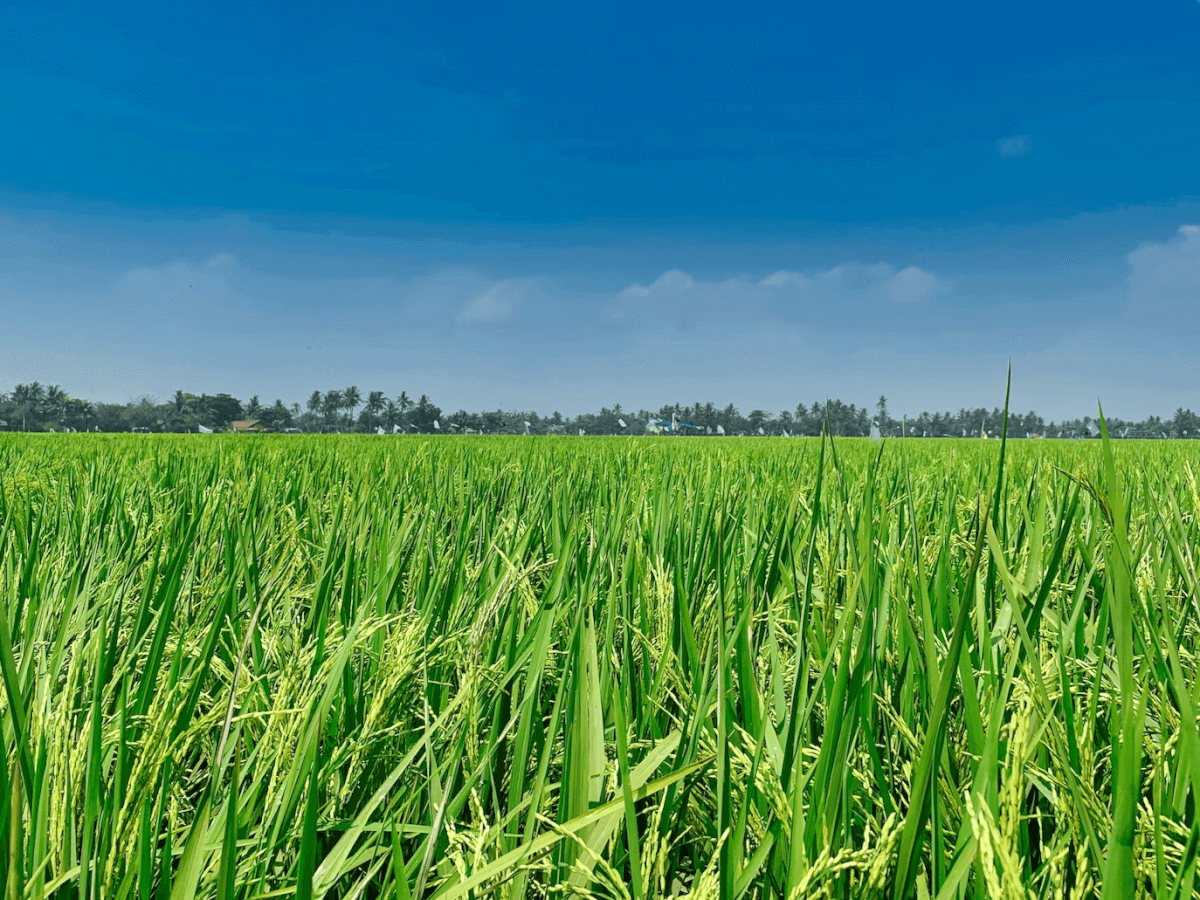
Hopsewee Plantation
One such plantation was built in 1740 on the banks of the North Santee River in Georgetown. The Hopsewee Plantation was one of the largest rice plantations in the entire South. Today, the property offers a few of the best Myrtle Beach plantation tours available.
As you explore everything from the brick cellar to the attic and slave cabins, you’ll learn about the everyday lives of Hopsewee Plantation’s owners and slaves. Another tour will show you the experiences of enslaved Africans in Myrtle Beach history, as told firsthand from a descendant of the Gullah Geechee people. Hopsewee Plantation even hosts sweetgrass basket-weaving workshops and ghost tours for those looking for a truly unique and unconventional educational experience.
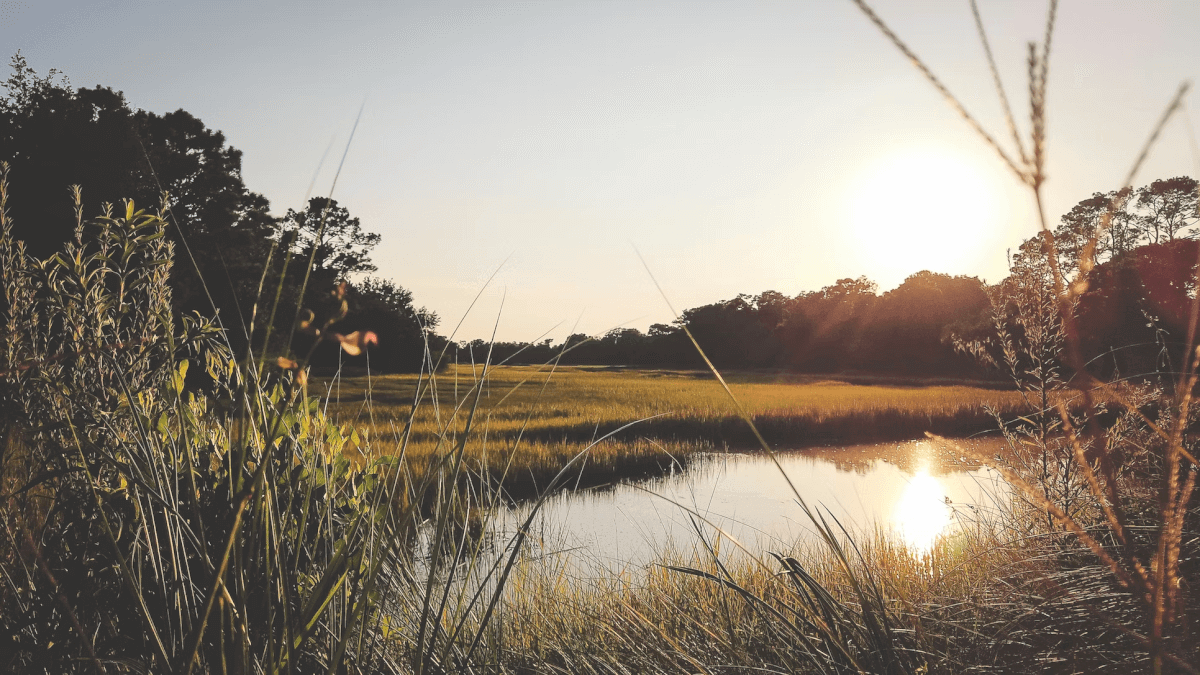
Kaminski House Museum
Paul Trapier, “King of Georgetown,” built the Kaminski House over 200 years ago, before the American Revolutionary War. This son of French Huguenots became one of the wealthiest merchants in the Carolina colony thanks to this rice plantation and its strategic location near the Georgetown seaport. The preserved home features two floors holding antiques, artwork, and renovated Charleston-made furnishings from the 18th century, offering firsthand insight into the everyday life of a well-to-do rice plantation. Tours are by reservation only and held Monday-Saturday at 11 am, 1 pm, and 3 pm.
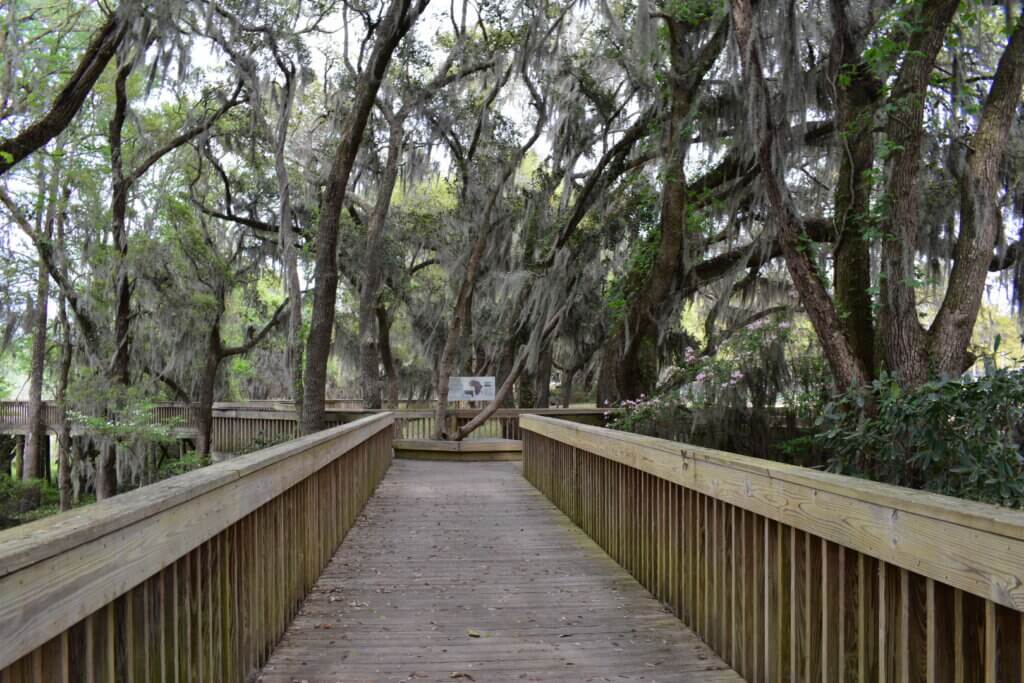
Brookgreen Gardens
Listed on the National Register of Historic Places, Brookgreen Gardens in Murrells Inlet contains four former rice plantations. A walk along the Lowcountry Trail or vehicular excursion into the preserve reveals historic structures like plantation cemeteries, a rice mill chimney, a former slave village, and a Civil War earthen fort. Expert tour guides will talk about everything from European and African burial customs to prominent colonial-era families and the unique landscape of rice fields. Brookgreen Gardens offers a uniquely immersive learning experience through preserved structures, American sculpture, and botanical gardens protecting a wide variety of native plant species.
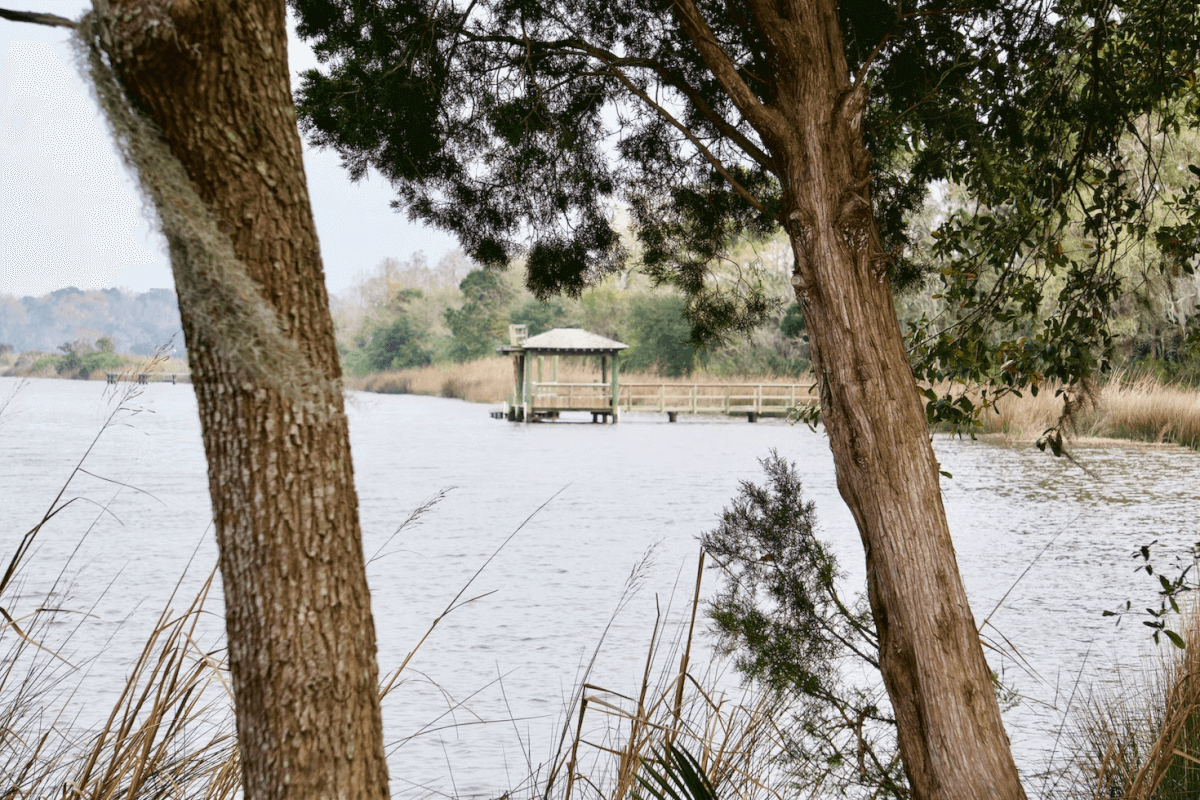
Plantation River Tours & Airboat Tours
With Plantation River Tours & Airboat Tours, you get to see multiple Myrtle Beach historical sites in one sitting – all while enjoying a scenic boat ride. The 2.5-hour tour departs from Murrells Inlet for a cruise along the Waccamaw River, where you’ll catch sight of the Arundel Plantation, Chicora Wood Plantation, Exchange Plantation, Hasty Point Plantation, Squirrel Creek Plantation, and Willbrook Plantation.
The knowledgeable guides onboard will discuss the Rice Plantations’ histories and cultures and tell stories about their inhabitants. In addition, the panoramic views of the river, moss-laden oaks, and local wildlife are sure to be breathtaking, too.
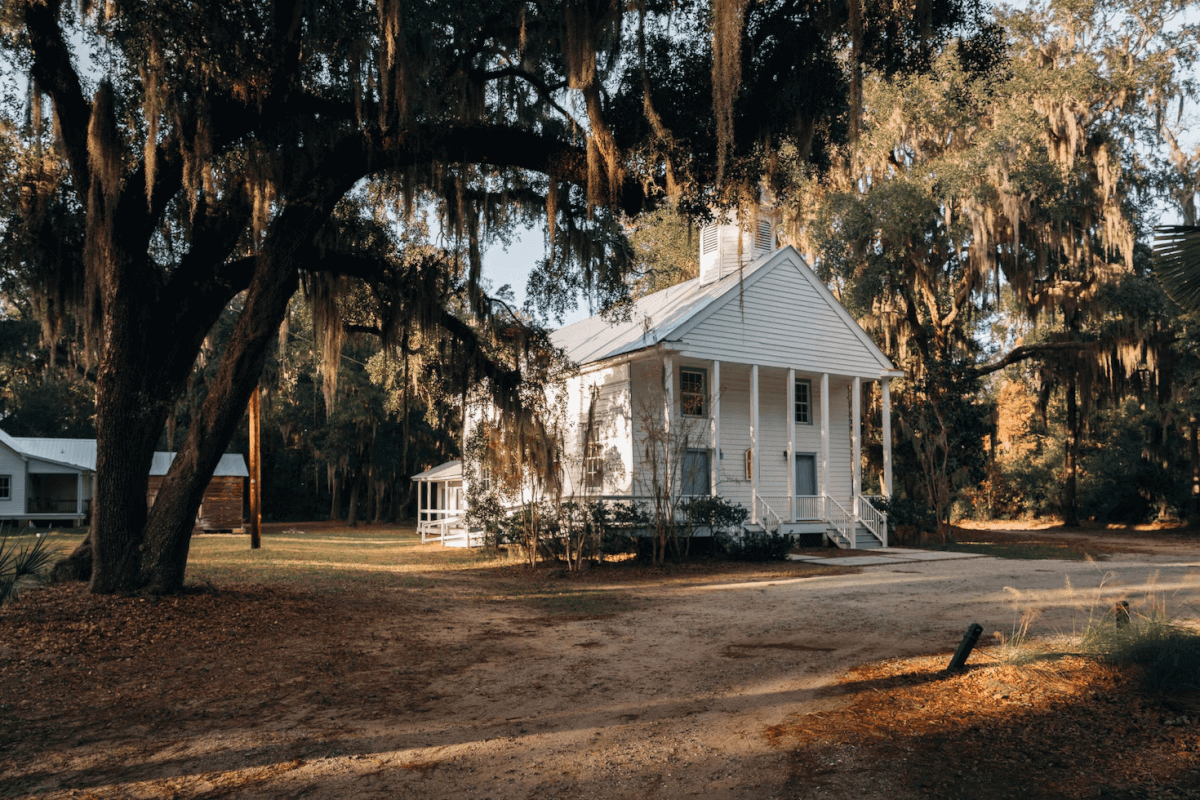
Myrtle Beach Historical Sites
Plantations make up the majority of the Myrtle Beach historical sites. However, a comprehensive look into Myrtle Beach history wouldn’t be complete without visits to other nearby coastal towns. As seen previously, Georgetown played a significant role as a seaport for the export of its plantations’ produce. Similarly, Conway was also in a position to profit, situated on the Waccamaw and close to the Pee Dee River.
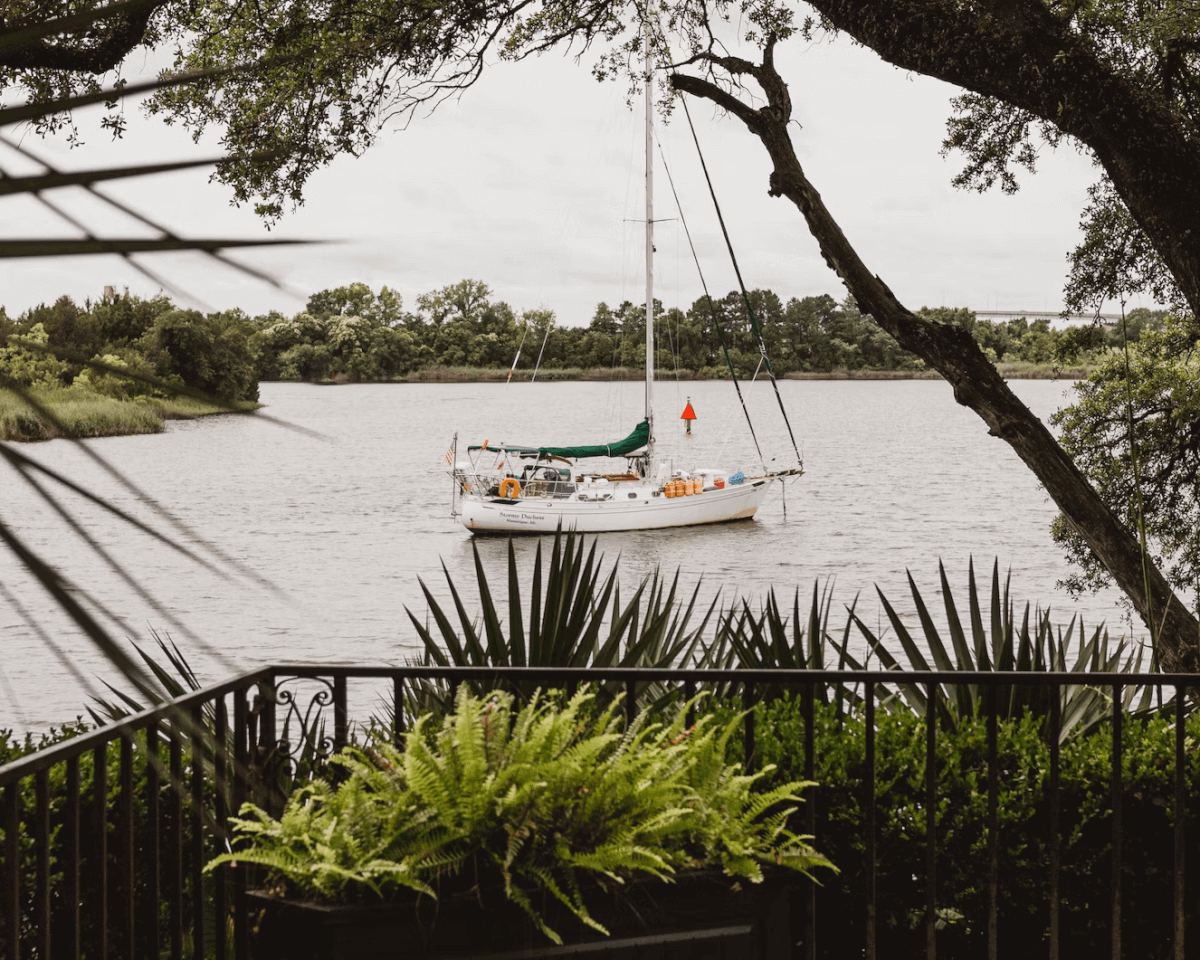
Discover Georgetown
Georgetown is the third oldest city in South Carolina and possibly the site of the very first European settlement in 1526. Established in 1729, the city quickly flourished as an official port of entry for foreign imports headed to Charleston. It was also a popular trade-center for locally-produced indigo, rice, naval stores, and Native slaves. Georgetown also sent Hopsewee Plantation’s Thomas Lynch, Jr., as a representative to sign the Declaration of Independence.
By the mid-18th century, the Georgetown area’s enslaved Africans were producing half of the nation’s total rice crop. Following the Civil War and ensuing social and economic restructuring, Georgetown diversified into lumber, paper, commercial fishing, and tourism. Today, visitors can learn more fascinating Lowcountry history at the Georgetown County Museum, Rice Museum, Gullah Museum, and pursue dining, shopping, and fishing experiences in a quaint colonial setting.
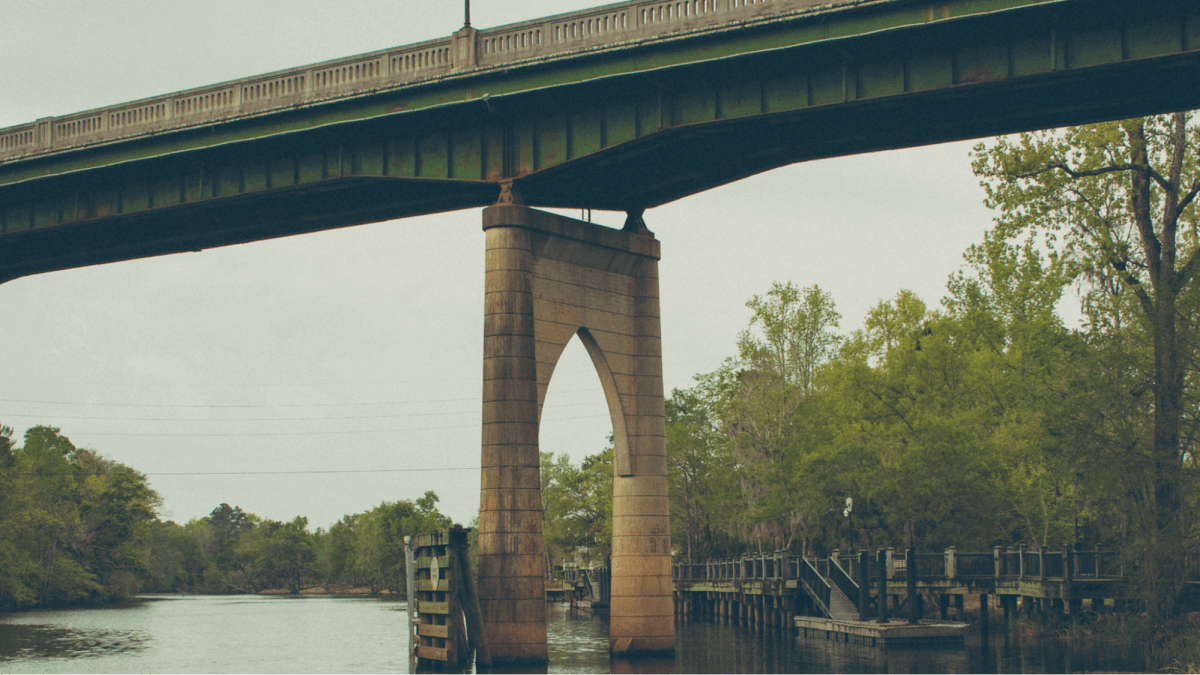
Visit Historic Conway
Situated northwest of Myrtle Beach, Conway began its story in 1734, when the English royal governor established “Kings Town.” Though the residents originally sympathized with King George II, they later supported General Francis Marion and the Charleston rebels during the Revolutionary War.
The town’s name changed to Conwayborough, in honor of Revolutionary War veteran and local legislator Robert Conway, before being shortened to Conway. In the 1800s, the city served as a central Horry County outpost on the railway system and Waccamaw River, best known for timber, tobacco, and naval exports. The legacy of Conway lives on in the oak-lined old quarter, where visitors may take a self-guided tour to enjoy antique shops and boutiques, dining, and riverfront views.
From Hopsewee Plantation to Brookgreen Gardens, many of the most prominent Myrtle Beach historical sites played a significant role in South Carolina’s coming-of-age. In the 18th and 19th centuries, white settlers succeeded in translating fertile land and slave labor into a thriving agricultural economy. Born from this environment were the coastal towns whose waterfront shopping, dining, and entertainment we love today. A dive into the Georgetown, Conway, or Myrtle Beach plantation tours reveals the riveting lived experiences of this unique socio-cultural period in American history.
Content on this page is subject to change. Please contact the locations mentioned to see if promotions, hours, pricing, etc. are still valid.
Leave a Reply
You must be logged in to post a comment.



